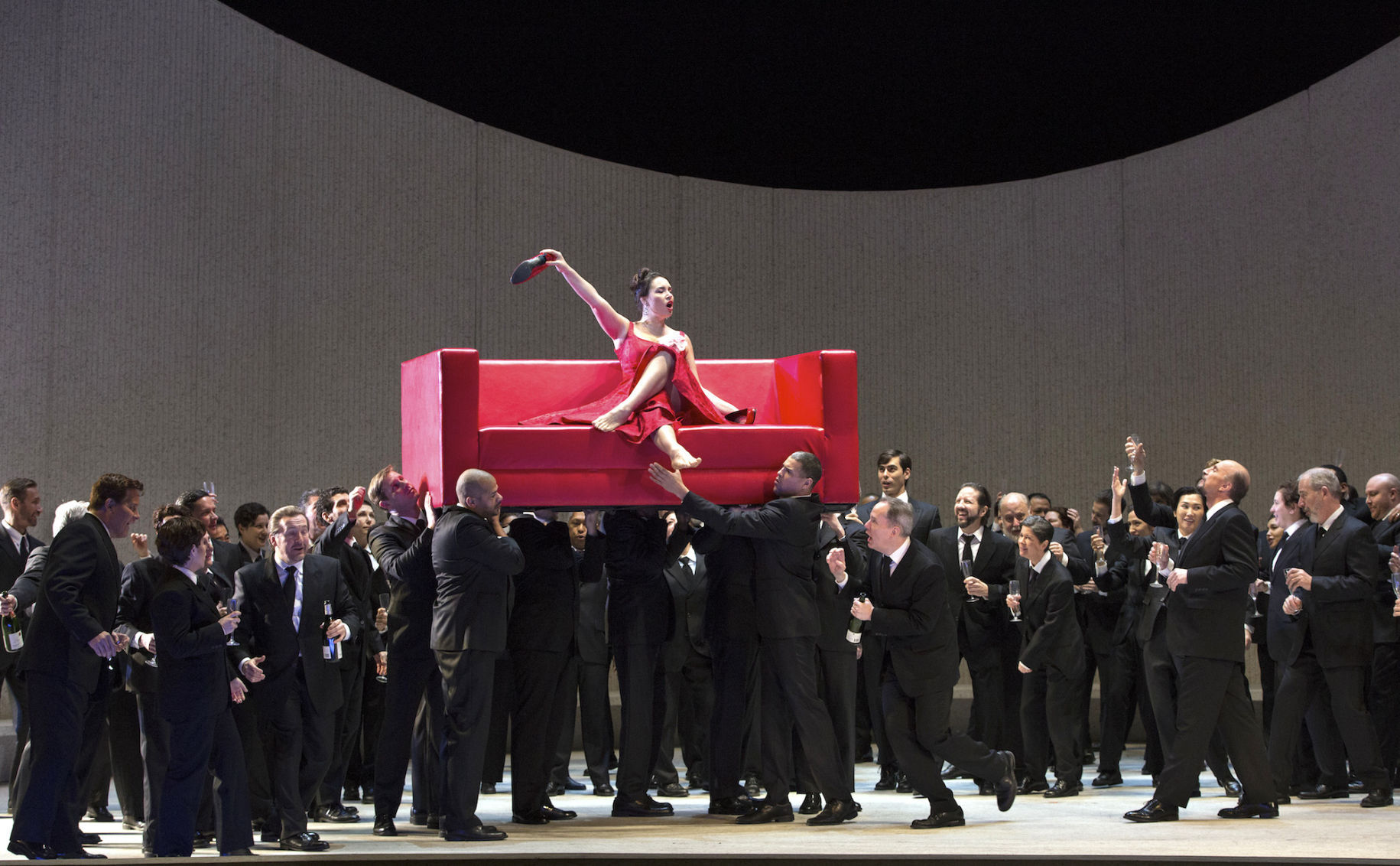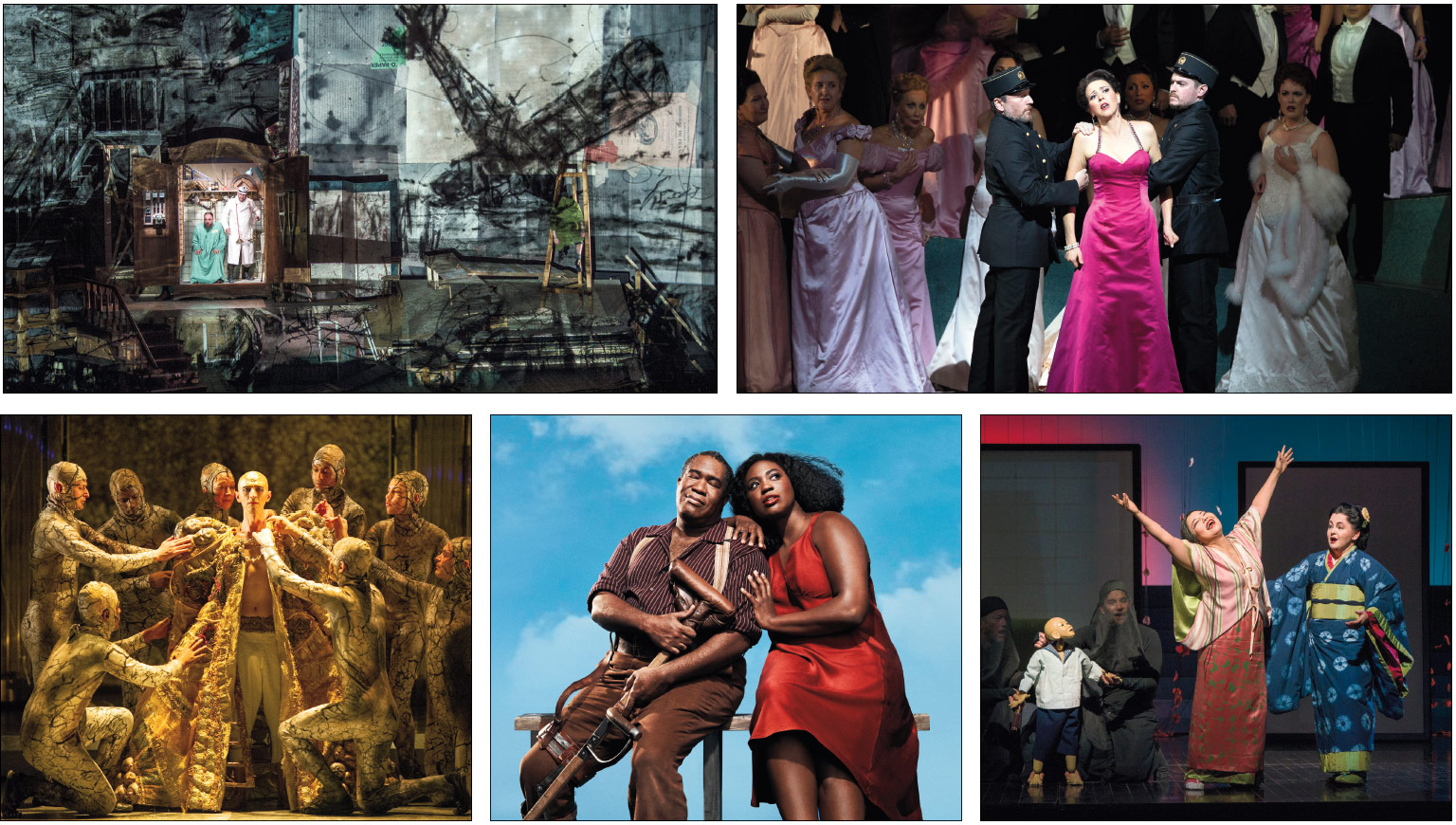
If all 17 performances of this season’s new production of “Don Giovanni” had sold out the 4,000-seat Met, it would have accounted for a total audience of 68,000. The “Live in HD” series, which began six years ago, now reaches 1,700 theaters in 54 countries. Fundamentally changing the way the performing arts can be delivered to audiences, the broadcasts are the most important thing to happen in opera since the advent of translated supertitles in the early 1980s. None of which is to diminish the significance of the HD series.

The Met is leading a revolution, albeit one that has less to do with what it’s putting onstage than with how it’s sending it into the world. It is a question with real urgency as the broadcasts become the way more and more people experience opera. The question is whether “the next best” is good enough when it comes to the complete opera experience. As the Met proudly says on its Web site, “It is the next best audio experience to being in the opera house itself.” Then the lights go down and the opera begins, the surround-sound quality in the theaters loud and clear.

It was the same reassuring bustle, whether I was about to see Verdi’s “Traviata” in a theater over a casino in Las Vegas or Mozart’s “Don Giovanni” in the middle of a snowstorm in Boston. I heard it when I stepped into the Murdock Theater in Wichita, Kan., last November to attend the screening of Philip Glass’s “Satyagraha,” part of a season in which I traveled throughout the country, attending the Met’s 11 HD broadcasts. WHEN you walk to your seat in a movie theater for one of the “ Live in HD” broadcasts of the Metropolitan Opera, your experience begins with the sound: the instantly recognizable, immediately comforting hum of instruments tuning and the audience stirring, piped in live from the Met itself.


 0 kommentar(er)
0 kommentar(er)
